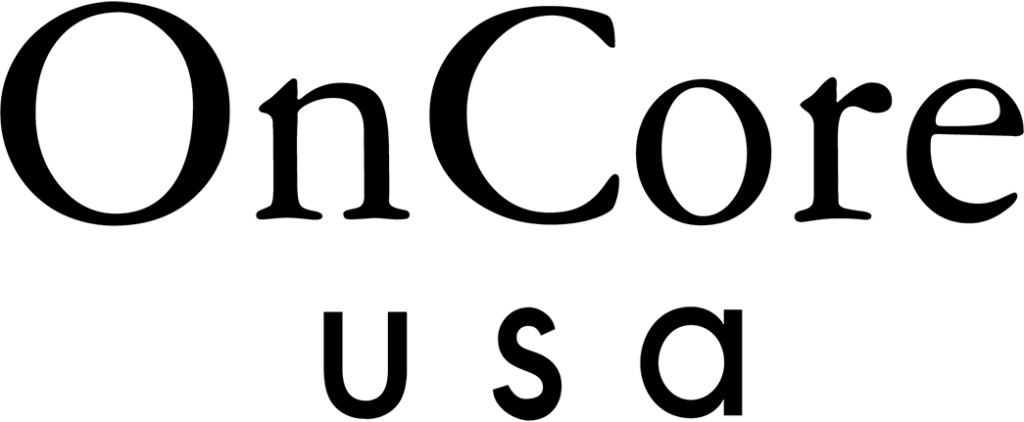
Netflix’s “Tidying Up with Marie Kondo” has been trending across social media platforms for weeks. The series inspires even the most un-motivated of us to consider decluttering our home and jumpstart our spring cleaning. While the “official” spring cleaning season is not yet upon us, in order to be prepared to deep clean come April, there are some great tips to be gleaned from Kondo’s methods; by living with less, we can actually live with more — love, joy and specifically, space.
Kondo highlights five areas of shedding the excess in our lives. In particular, she asks those she works with to only keep the items that “spark joy”— or, that are useful and used. Her theories are simple but incredibly functional and can help with kickstarting your efforts to clean and organize your space. Below you will find Kondo’s five areas of focus and some of the things you can do to put her methods into practice in advance of the spring-cleaning season so you are more primed to take action.
- Clothing. Cleaning out your closet is a great place to get a head start on organization as we transition from winter to spring. Winter items are bulky and take up a lot of space, so it should be easy to identify the things you actually use and ditch the items you don’t. Sweatshirts, sweatpants, jackets, and scarves occupy a lot of room in a closet and can be a particular waste of space if you are not actually wearing them. While Marie Kondo’s objective is to spark joy, a very tactical practice in assessing your clothes might simply be to make more space. Now is a good time to get rid of what you don’t wear so you can organize your drawers once you need to bring out your spring/summer items.
- Books. Books can be a hard thing to give away or get rid of, particularly because they can be expensive. Or perhaps you buy them with the intent to read, but never do. Consider the clutter books can create, especially if you don’t have a bookshelf or place to store them. As we head towards spring, take the opportunity to peruse your collection and identify which books you really want to read, either again or for the first time, and set them aside. Once spring arrives, you can donate the ones you don’t want or will never read to your local library or as part of a garage/yard sale.
- Paper. It’s tax season and that means your dining room table is probably cluttered with receipts, W-2s, and miscellaneous medical/student loan bills from last year. This can be an overwhelming sight, but you might find it very helpful to approach this from a Kondo perspective and try to organize your bills. Buy some folders, or a filing system and start determining what you need to keep. Don’t feel like you have to tackle all of your loose ends right away, just focus on the things you need now (stuff for taxes) and what loose papers (receipts from 2011) you might be able to throw away. By identifying impending deadlines, you can begin to work towards decluttering and hopefully set up a system that will be useful to you as the months and billing cycles move forward.
- Komono. Marie Kondo uses this word, “Komono” to represent the larger, miscellaneous spaces in your house: the kitchen, garage, and bathroom. One thing that Kondo suggests for optimizing space is to use different sized boxes to help with your storage, like compartmentalizing drawers. For example, you can more readily tidy up your junk drawer if you have sectioned spaces within it (that are either separated by boxes or drawer organizers). Being able to see all the contents of a drawer can be very helpful in assessing what you may need (or not need) in your space. By organizing these “komono” miscellaneous spaces in small ways, you are able to transform your home from the inside out.
- Sentimental. This is the hardest category because it is subjective: a movie ticket from “Bride Wars” might not be important to an Average Joe, but maybe it was you and your husband’s first date. By the time you get to the sentimental items, which should be the last step, the hope is that you have honed your ability to “spark joy,” and that you will be able to identify exactly which items you are holding onto out of importance and which you might simply be hoarding. This step is a good idea to keep in mind for later, once you actively start sifting through your belongings. Keep it in mind even as you start assessing ways to jumpstart the process around your home as it might prepare you for the process of emotionally detaching from your things.
With Kondo’s encouraging and bright ideas, you can start the cleaning process now and set-up yourself up for success in the spring. Keep in mind there are a lot of great organizations that need donations, so make sure to check around and see where you can bring your gently-used items, as opposed to just throwing them out.




